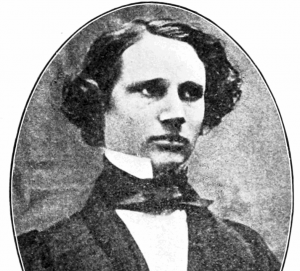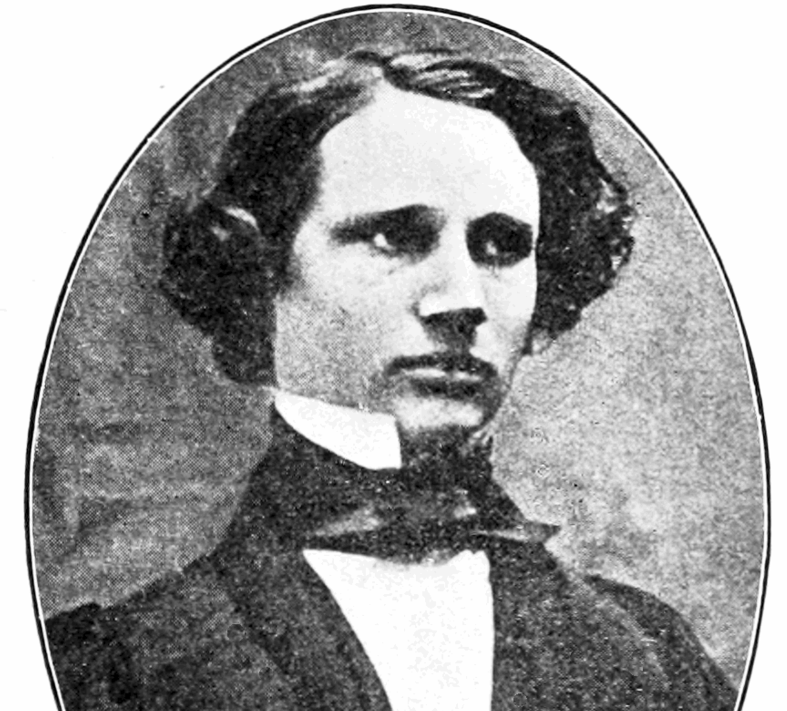In lively prose that transforms an otherwise dull subject into an exciting adventure story, Dr Bruce Hunt of the University of Texas in Austin has written a book on how undersea cables were developed in the 1800s.
There are several starring roles in this tale, with Michael Faraday and William Thomson being cast as the lead actors. Even though he “had no grasp of mathematics,” Faraday was able to make discoveries and insights that proved crucial. In 1831 he made his most important discovery: moving a coil of wire near a magnet produced an electric current. “Such electromagnetic induction,” writes Hunt, “remains the basis of almost all electric power production to this day.”
Even more importantly, his lack of mathematics forced him to look at things in a different way. “He did not look on the space around magnets, charges and currents as empty and inert but instead as filled with energy and activity.” Thus was born of the concept of the electromagnetic field, without which modern science could not have developed. The reader immediately latches onto Faraday as a relatable character, because most scientists thought his lines and force and electromagnetic field “as little more than a mental crutch,” a poor substitute for a mathematical theory. In this real-life drama, the underdog wins. It was James Clerk Maxwell who eventually worked out the math, and it gratifying to learn the two men corresponded and advanced their work together. It was Maxwell’s famous identification of light with waves that first made him famous.
While Hunt expertly describes the theoretical developments of the mid-1800s, it all goes towards laying the groundwork for the practical application of bringing humanity together through cable communication. Before wireless telegraphy, the only way to communicate rapidly across great distances was by actually stringing wires from one city to another. But how to link England with France, and more importantly, how to link England with its world-wide Empire? The only way was to run cables underwater. That this was a singularly British enterprise is largely due to this need to communicate with far-flung domains like Canada and India. Engineers in Germany and France had no need to do this, so they did not encounter the technical issues that drove the technological innovation in England.
In 1854 William Thomson developed the standard theory of telegraphic propagation. By incorporating Faraday’s ideas, Thomson was able to derive a simple equation, much like Einstein developing his simple equation to convert energy and mass. “This marked a milestone not just in telegraphic theory but in electrical science more broadly.” Thomson’s work explained why signals going through long cables were “retarded” in their path, so that a few words sent at one end would be smeared out and unintelligible at the other end. The practical solution to this problem, which one scientist of the time termed an “evil,” is a major element of Hunt’s book.
But it was not the only practical issue he details. How to raise the millions needed to finance a cable across the Atlantic Ocean? Even the Prime Minister got involved in sorting that out! What form should the cable take, what kind of copper, what kind of insulation? And what happens when the cable breaks as the ship laying the cable is a thousand miles from land? Many careers were ruined and many people, including the government, lost tons of money before a successful cable spanned the Atlantic in 1866. Hunt also examines undersea cables in other parts of the world. All this is told by Hunt as it unfolds like scenes in an adventure film, all the while retaining its character as a solid science history book.
James Russell, a student of Thomson, reflected in 1858 on the importance of the cable for the British government as it led the Empire. “London the seat of supreme intellect, whence the electric lines, the nerves, ramify and distribute themselves, the medium by which her behests are made known and executed in the remotest parts of the huge structure.” While the description of London as the seat of supreme intellect may the strike the modern reader as a flight of fancy, it gives a remarkable insight into the Victorian attitude toward the Empire.
What the non-specialist will find most exciting is the rise and fall of E.O. Whitehouse, who became the bad-boy poster child of the cable industry. The reader can decide if he was unduly maligned (or framed) for the disaster around the first attempt to lay a cable from England to Canada. How Thomson swooped in to claim the crown and become world famous (and a Baron as Lord Kelvin) is a tale from which several morals could be drawn by the astute reader.
I want to emphasize that while this book has many exciting elements, it is a real scholarly book of high merit, not an easy-breezy romp through the story of cable telegraphy. The text includes hundreds of footnotes and a 22-page bibliography. It does include a few equations, and while some knowledge of physics is helpful to understand the details, a technical knowledge is not required to gain a firm understanding of what Hunt describes here.
There is a rather confusing typo on page 97. “Of over 1000 miles of submarine cables that had been laid up to the spring of 1861, only about 3000 miles were actually working.” It should read 11,000, not 1000. On pg. 242, “to made” should read “to be made”.
A very fine book, one that should be read by anyone interested in the science and culture of the nineteenth century.
Dr. Bruce Hunt is an Associate Professor in the Department of History, at the University of Texas at Austin, where he specializes in the history of science and technology. He is the author of The Maxwellians (Cornell University Press, 1991) and Pursuing Power and Light: Technology and Physics from James Watt to Albert Einstein (Johns Hopkins University Press, 2011)
Imperial Science is $99 by Cambridge University Press.

